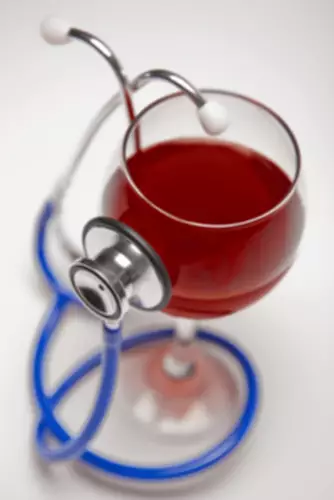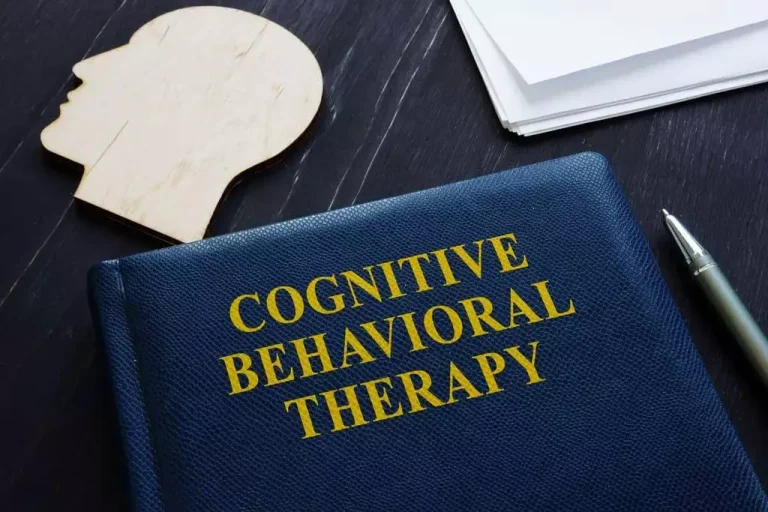
Most people need to seek help from treatment facilities to find the right treatment. Treating alcohol withdrawal and abuse problems will depend on the severity of their addiction. A specialist might recommend either an inpatient or outpatient setting. Other modalities will include individual counseling and support groups controlled drinking vs abstinence to encourage recovery. Sometimes, people without related drug addictions might inquire about naltrexone, a drug that can help block the pleasurable effects of alcohol and help reduce alcohol cravings. These types of medication-assisted treatments can help people achieve abstinence and eventually maintain their sobriety.
How many drinks a week is considered moderate drinking?
One of the most important factors is doing the right thing; committing to moderation management. It depends on many factors, such as your personal relationship with alcohol, your health, your life circumstances, and your goals. Get in touch with our team to discuss whether moderation is a possibility for you. Total abstinence isn’t the only way to change your relationship with alcohol.
- Programs like our alcohol use treatment in Ohio that help people quit drinking altogether can be helpful, but there are plenty of different theories on the subject.
- You don’t have to attend AA meetings and introduce yourself as an alcoholic, and you don’t have to answer questions at parties or social gatherings when people notice you aren’t drinking.
- “Harm reduction” strategies, or moderation techniques, set more flexible goals in line with patient motivation.
How Many Drinks a Day Is Considered an Alcoholic?
This individual enjoys the effect produced by alcohol – just as the alcoholic does. However, once this individual begins to experience consequences due to their drinking, they have no issue putting down the drink altogether. For example, if a loved one expresses concern and gives a request, the drinker will successfully quit and not look back. “Moderate consumption” is limited to one to two alcoholic drinks per day for healthy men and one alcoholic drink per day for healthy women. One drink is equivalent to 12 ounces of beer, 5 ounces of wine, or 1.5 ounces of distilled spirits. Most facilities, like inpatient rehabs, use a zero-tolerance approach, meaning that no use of any substance is allowed.

Is Controlled Drinking Possible for Alcoholics?
However, studies have shown that abstinence often yields more benefits in the long run. For instance, abstaining from alcohol can decrease the risk of liver disease, improve cognitive function, and enhance emotional https://ecosoberhouse.com/ resilience. The idea of giving up drinking completely is intimidating or discouraging for some people. When they try to quit and fail, they may give up on making a change, feeling ashamed and hopeless.
Levels of Care in Drug and Alcohol Rehab Programs
Or, they may have decided on sobriety as a permanent change in their lifestyle. More people than ever are recognizing the negative effects of drinking alcohol and re-evaluating how it shows up in their life. As a physician on the Monument platform, I speak with patients every day who are looking to change their drinking habits in order to improve their health and happiness. Once they’ve decided they want to make a change, a question many people find themselves asking is whether sobriety or moderation is a better option for them. What we know is that after one has developed a severe addiction, the simplest, easiest, safest and surest way to keep from repeating past behaviors is total abstinence. This is not to say one may not go thorough a period of “day at a time,” or “week at a time,” or even try a “harm reduction” approach.

Thus, abstinence rates may be higher among individuals with problem recognition versus those who meet criteria for SUD based on a structured clinical interview (e.g., First et al., 2015), but who may not recognize a problem. Indeed, 54.0% in the National Recovery Study also sought lifetime assistance for their substance use problem (Kelly et al., 2017) versus 19.8% among those with alcohol use disorder in the NESARC (Grant et al., 2015). National Recovery Study rates of abstinent recovery were lower, however, relative to the 88.0% with alcohol problems in the What is Recovery Study (Subbaraman and Witbrodt, 2014).
Reflect on the alcohol use disorder criteria
First Amendment Court CasesA compilation of court cases related to mandated support-group attendance and First Amendment issues regarding religious freedom. Such was its popularity that SMART Recovery grew from 42 group meetings at the beginning to more than 2000 in North America alone today and now proliferating worldwide in 23 countries and counting. If you think you or a loved one may have developed a dependence or AUD from binge drinking, consider reaching out to a physician or therapist for help.
What Are the 4 Types of Drinkers?
Alcohol Moderation Method


